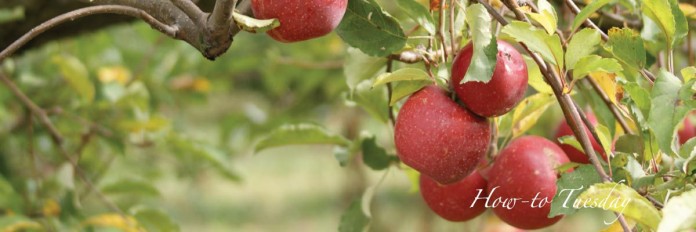Did you know that Cortland apples are great for making applesauce? Or that a blend of similar apple varieties is best for making cider?
This time of year, farm markets will advertise their fresh apples for sale and u-pick opportunities. It’s important to know which types of apples are best suited for your uses before picking or buying.
Uses for apples
You’ve heard it before: an apple a day keeps the doctor away. Specifically, research suggests that eating an apple each day will decrease health risks associated with the heart, too.
Apple Facts
-October is National Apple Month
-There are more than 7,500 varieties of apples
-The crabapple is the only native apple in the U.S.
Apples can be used for a multitude of baked goods and drinks, or they can be eaten fresh.
The Ohio State University College of Food, Agricultural and Environmental Sciences offers tips for the best apples to use for cooking, baking, freezing and making cider. OSU Extension offers a fact sheet with an easy-to-read chart of apple varieties and uses.
Ripe for the picking
Varieties of apples are harvested at different times throughout August, September and October.
An apple’s color can be red, orange, yellow or green, depending on the variety. The way to tell if an apple is ripe has nothing to do with color, though. An apple is ripe if it is firm and crisp. When picking or purchasing, avoid apples that are decayed, bruised or have broken or shriveled skin.
Storage
Apples are best stored in a cool place like a basement or refrigerator. OSU Extension recommends refrigerating apples in perforated, plastic bags. Apples are best stored between 32 and 35 degrees Fahrenheit. Certain varieties of apples are best stored in the refrigerator, while others are best stored in a cool place. In the same way, some apples may keep for weeks, while others won’t. It all depends on the variety.
Starting an orchard
Interested in starting a backyard orchard? OSU Crawford County Extension offers information about how to grow apple trees.











